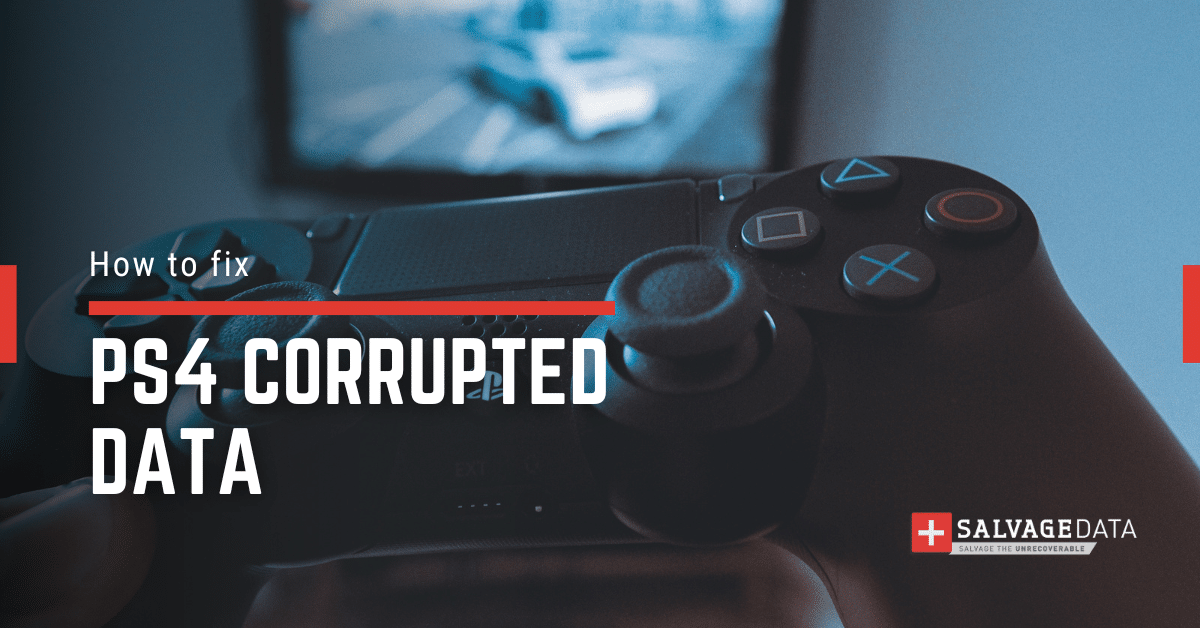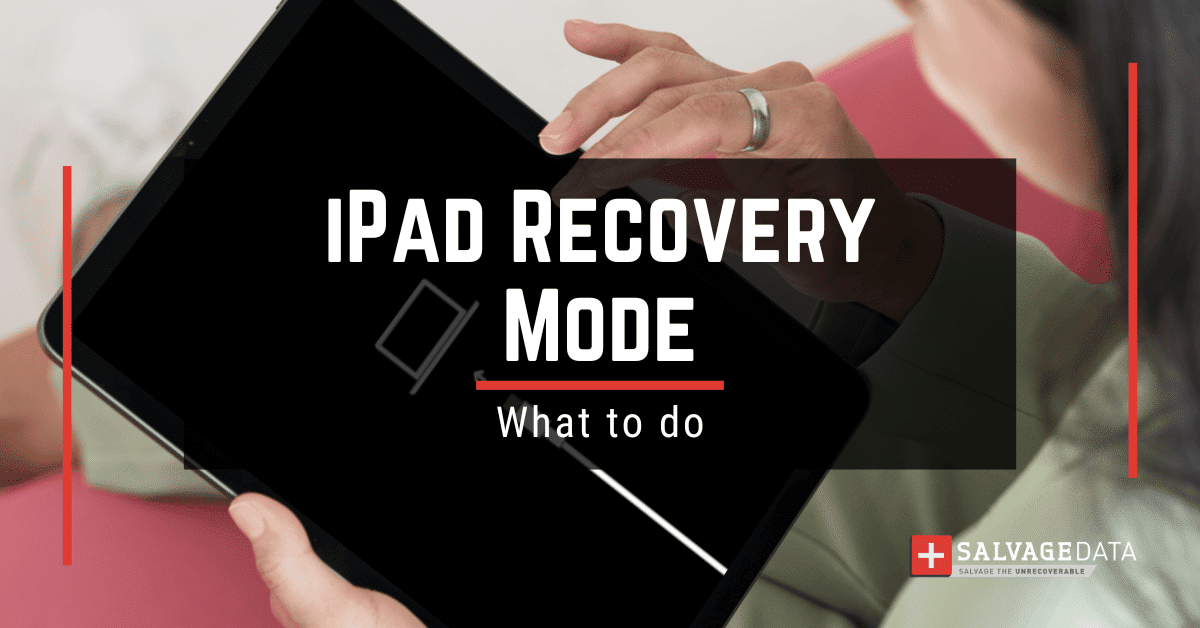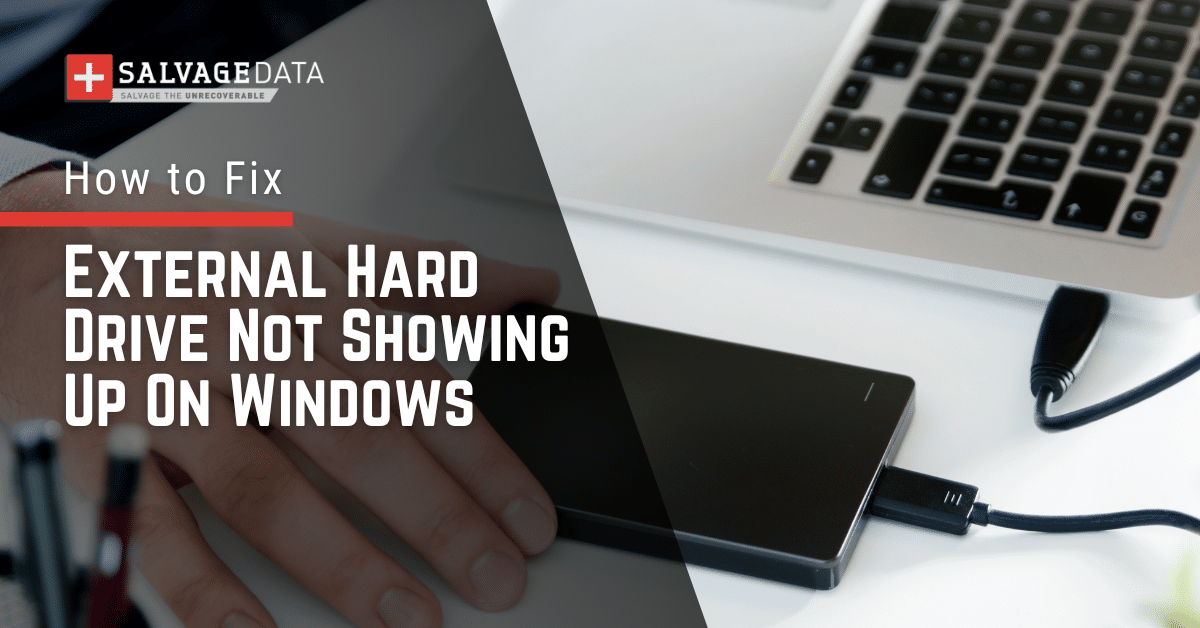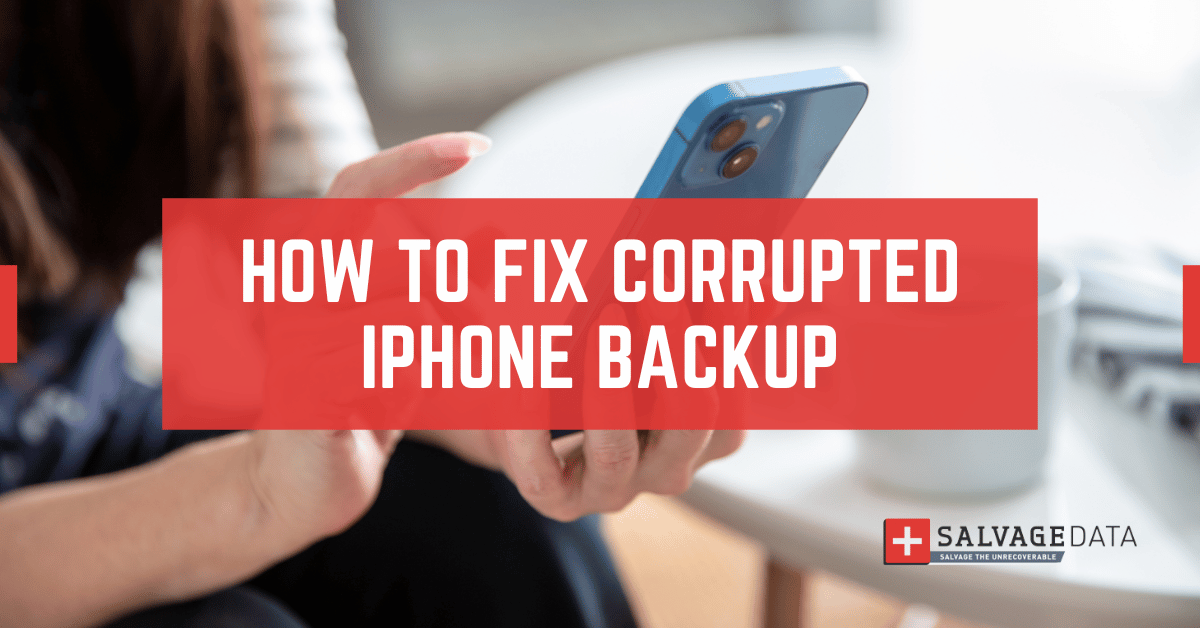Recent Articles
Quickest Mobile Data Recovery Case: 100% of Data Recovered in One Hour
How to fix a corrupted database on PS4
How to Troubleshoot Black or Blank Screens in Windows
LockBit Ransomware: A Comprehensive Guide to the Most Prolific Cyber Threat
How To Use iPad Recovery Mode
How to Prevent Overwriting Files: Best Practices
External Hard Drive Not Showing Up On Windows – Solved
How to Fix a Corrupted iPhone Backup
Backup and Remote Wiping Procedures

I think there's an issue with my storage device, but I'm not sure Start a free evaluation →
I need help getting my data back right now Call now (800) 972-3282
VMware is a leading virtualization and cloud computing software provider. Its core technology allows multiple virtual machines (VMs) to run on a single physical server, each sharing the resources of that one physical computer. This approach maximizes hardware utilization, reduces costs, and increases efficiency in data center and IT environment.
Despite its robustness, VMware environments can still run into issues. The most common VMware issues are due to various factors, including:
- Improper configuration
- Resource constraints
- Hardware incompatibilities
- Software conflicts
- Lack of regular maintenance
- Rapid infrastructure growth without proper planning
This article outlines some common VMware problems, their causes, and solutions to help you maintain a smooth-running virtual environment.
Outdated VMware tools
VMware Tools is a suite of utilities that enhances VM management and guest OS performance. It can lead to issues when outdated or not installed, particularly after new vSphere version releases. These problems arise due to:
- Lack of automatic VMware Tools updates
- Administrators overlooking manual updates
As a result, performance and functionality gradually decline over time. To prevent this, regular maintenance and proactive updating of VMware Tools are crucial for maintaining optimal virtual environment performance.
Troubleshooting
- Go to the vSphere Web Client
- Check the virtual machine’s Summary tab for update notifications
- Right-click the VM, select “All vCenter Actions” > “Guest OS” > “Upgrade VMware Tools”
- Follow the guest OS prompts to complete the update
Outdated VM network devices
Outdated VM network devices can significantly impact network performance and application functionality.
How it happens
Outdated VM network devices can significantly impact network performance and application functionality.
This problem typically arises when VMs are created with older network adaptors and not updated during subsequent vSphere upgrades. Administrators may overlook network device updates during general maintenance, focusing on other aspects of VM management. Over time, this oversight can lead to a significant performance gap between the VM’s network capabilities and the host’s network infrastructure.
Troubleshooting
- Upgrade VM hardware to the latest compatibility mode
- Add a new virtual network adaptor with the most recent version
- Remove the outdated virtual network adaptor
- Reconfigure the new adaptor to match the old one’s IP configuration
VM memory limits
Memory limits can prevent VMs from accessing necessary resources, leading to performance issues or application failures.
These limitations often occur when VMs are moved from resource pools with memory limits, and standalone VMs retain these previous limitations. Administrators may not be aware of existing memory limits, especially in large environments with numerous VMs or when inheriting a pre-existing infrastructure. This lack of awareness can result in persistent performance issues that are difficult to diagnose without a thorough review of VM settings.
Troubleshooting
To address this issue:
- Manually check each VM’s settings for configured memory limits
- Set the limit to zero to remove the restriction
Age and size of VM snapshots
While useful, VM snapshots can cause performance issues and storage problems if they are not properly managed.
Snapshot-related issues typically arise when snapshots are created but not removed after their purpose is fulfilled. Administrators may neglect to monitor snapshot age and size, leading to a buildup of outdated snapshots that consume valuable storage space and potentially impact VM performance. This can sometimes lead to storage exhaustion, causing widespread issues across the virtual environment.
Troubleshooting
To manage snapshots effectively:
- Regularly review and remove unnecessary snapshots
- Implement a policy to delete snapshots older than one week
- Remove snapshots larger than 5GB
- Consider using an automated solution for snapshot management












